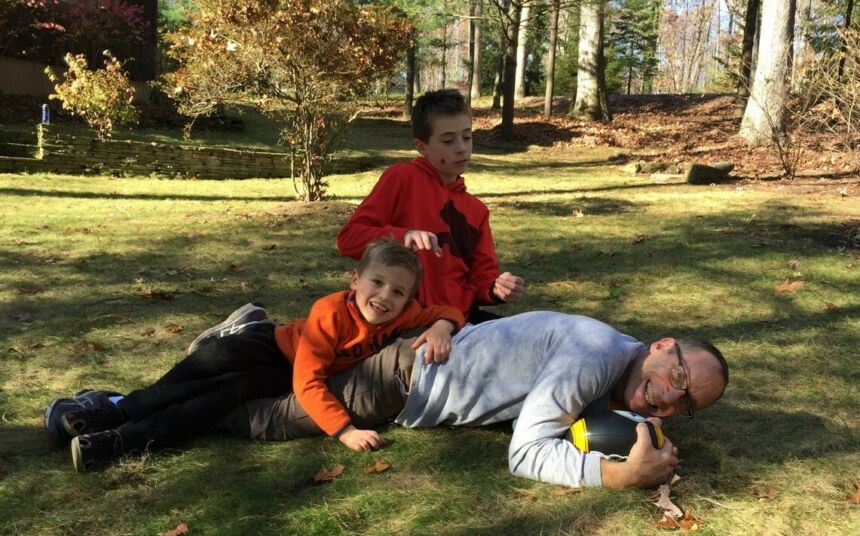January 26, 2018
Willis Named Stuckeman Professor of Advanced Design Studies

Veteran professor discusses sustainability, urbanism, and moving fast and slow in design and life
It has been an exciting year for Dan Willis. In addition to celebrating his thirtieth anniversary as professor of architecture at Penn State, Willis was awarded the Stuckeman Endowed Professorship for Advanced Design Studies (ADS), a two-year appointment in the Stuckeman School of Architecture and Landscape Architecture. The intent of this professorship is to enable the faculty member to embark on or complete a project that will benefit from having focused time. Willis, who will hold the professorship from August 2017 through June 2019, will utilize his ADS funding for a teaching release so he has time to write, not one, but, two books.
The first book coincides with a new program Willis created within the Department of Architecture: Stuckeman Sustainable Urban Density Studios (SSUDS). The book will be titled Delivering Density: Strategies and New Typologies for Sustainable Cities, and will illustrate how dense urban environments are inherently more sustainable than other settlement patterns. The work will provide a focus on the design of tall buildings, their interaction with the surrounding environment, and their creative use of space. Willis hopes that by presenting a compelling vision of future buildings and cities, the book will contribute to the implementation of more sustainable urban and architectural designs.
Willis plans on calling the second book Designing: Fast or Slow. It is inspired by the best-selling book Thinking, Fast and Slow, by Daniel Kahneman, a Nobel Prize-winning psychologist and the father of behavioral economics. Willis will take the same framework that Kahneman used—our tendency to think in two distinctly different modes—and apply it to design, “As Kahneman did for economic decision-making, I propose to do for designers, artists, and craftspersons: to contrast, analyze, compare, and contextualize two fundamentally different ways of thinking/imagining/creating.”
Willis explains there are two ways people make design decisions: the fast way and the slow way. The fast way, which is not taught about as much in academia, and virtually ignored outside of the art and design disciplines, can be messy and lead to mistakes, but it also allows designers to take risks. It is more improvisatory and can deal with unexpected situations. The slow way is more considered in academia, and often results in research grants and advances in digital design tools, but it has its downsides. It can be too careful and predictable, therefore less imaginative. Willis argues that the two modes of design thinking are not reconcilable—there is no way to seamlessly combine them into one—but one can learn to switch back and forth, using each way of thinking to its best advantage. This would result in “ambidextrous” designers, able to produce methodical, yet innovative designs.
“The book will address topics that are a part of current discourse on design and making: design thinking, parametric design methods, craft production as an alternative to industrialized manufacturing, rapid prototyping, digital fabrication, design ethics, the role of risk or failure in creativity and innovation, and ‘design’ broadly defined as an inherently trans‐disciplinary creative activity.” – Dan Willis
Embarking on his thirty-first year at Penn State, writing two books, and introducing the new SSUDS program, are not all Willis has to celebrate. This past summer, he competed in the Keystone State Games – an Olympic-style competition for amateur athletes in Pennsylvania – in swimming, track, and powerlifting events. With barely over a month of training for this spontaneous venture, spurred by his late-May sixtieth birthday, Willis won two first place medals in swimming, and one in powerlifting for his age group. Athletics has always been part of his life, as he used to be a swimmer in high school and college, and at one point he had to give up competitive swimming in order to assure his success in architecture. While all indications suggest this was a wise decision, nevertheless sports are still a significant part of how he and his family spend their time, and he plans to train earlier this year, so that in summer 2018 he can beat his own scores.
